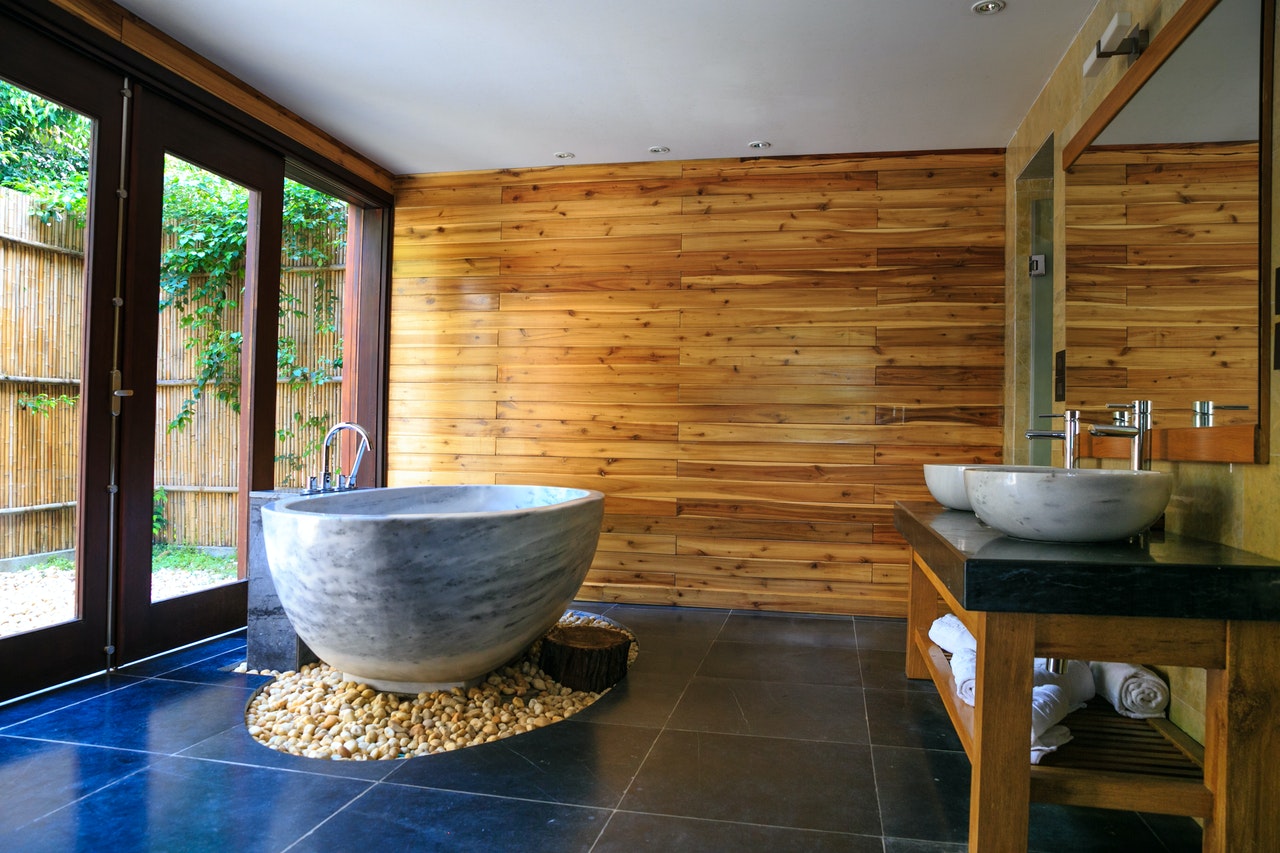Box tubing is used for a variety of different things and has both domestic and industrial applications. It is often the material of choice in industry because it is strong, versatile and can withstand extremes of pressure, heat, and destructive elements. In the home, it is used in appliances, pipes, and for fencing. It is most commonly used as railings along staircases, but is also a popular choice for garden fencing, in the structures of buildings, as well as being used for entry gates and entrances.
There are two processes involved in making box tubing. Box tubing can be either welded from strips of metal or hollowed out of a seamless bar. Both methods produce an end product that is just as strong and durable. The difference is in the price.
Welded Box Tubing
Welded box tubing is manufactured from rolled steel. The steel can be either hot or cold rolled and is provided to the manufacturer in coils. These coils are often treated in a particular way, depending on the end product.
The scale will be removed, the finish can be improved, and it can be heat treated for additional strength. The coil is formed into a box shape and the two free edges connected using a weld. It tends to be electrical resistance welding that’s used to weld the edges together. Different processes of welding are used for different things, but spot welding involves using electric currents to the metal to weld pieces together. Any residue, either on the outside or inside is then removed.
One final stage is when the tube is run through rollers that press it into the required shape. After shaping, the tubing can be cut into the required steel box section sizes.
Seamless Box Tubing
The manufacturing process for seamless box tubing starts in an electric arc furnace. An ingot or bloom of steel is cast, which is then rolled into a billet. A piercing tool is used, and the billet is drawn across it by two rollers. The end product at this stage of the process is a “rough” tube. The tube then has to be put through an elongator which draws it out into its final outside diameter and wall thickness. It then has to go through a reducing mill that brings it even closer to the final size and shape.
Additional Processes
For both welded and seamless box tubing, there are additional processes, one of which is cold drawing. Tubing produced using this method is called drawn over a mandrel (DOM) tubing. Various heat treatments can also be used to improve different properties of the finished product.
Throughout all manufacturing processes, the tubing will be checked for quality. If the desired quality is not met, then the tubes can be recycled, and the steel used again. Box tubing is a popular choice for both industrial and domestic markets. It is used because it is lightweight, without there being any compromise in strength. When purchasing box tubing, you can choose from a range of different internal and external diameters as well as the thickness of the tube wall. It can also be cut to the desired length, depending on the application.
- How Tote Bags are different to Paper Bags - January 13, 2023
- 3 Unique Sustainable Clothing Items to Go Green - December 28, 2022
- What to Look for in a Sailing Jacket - November 30, 2022










